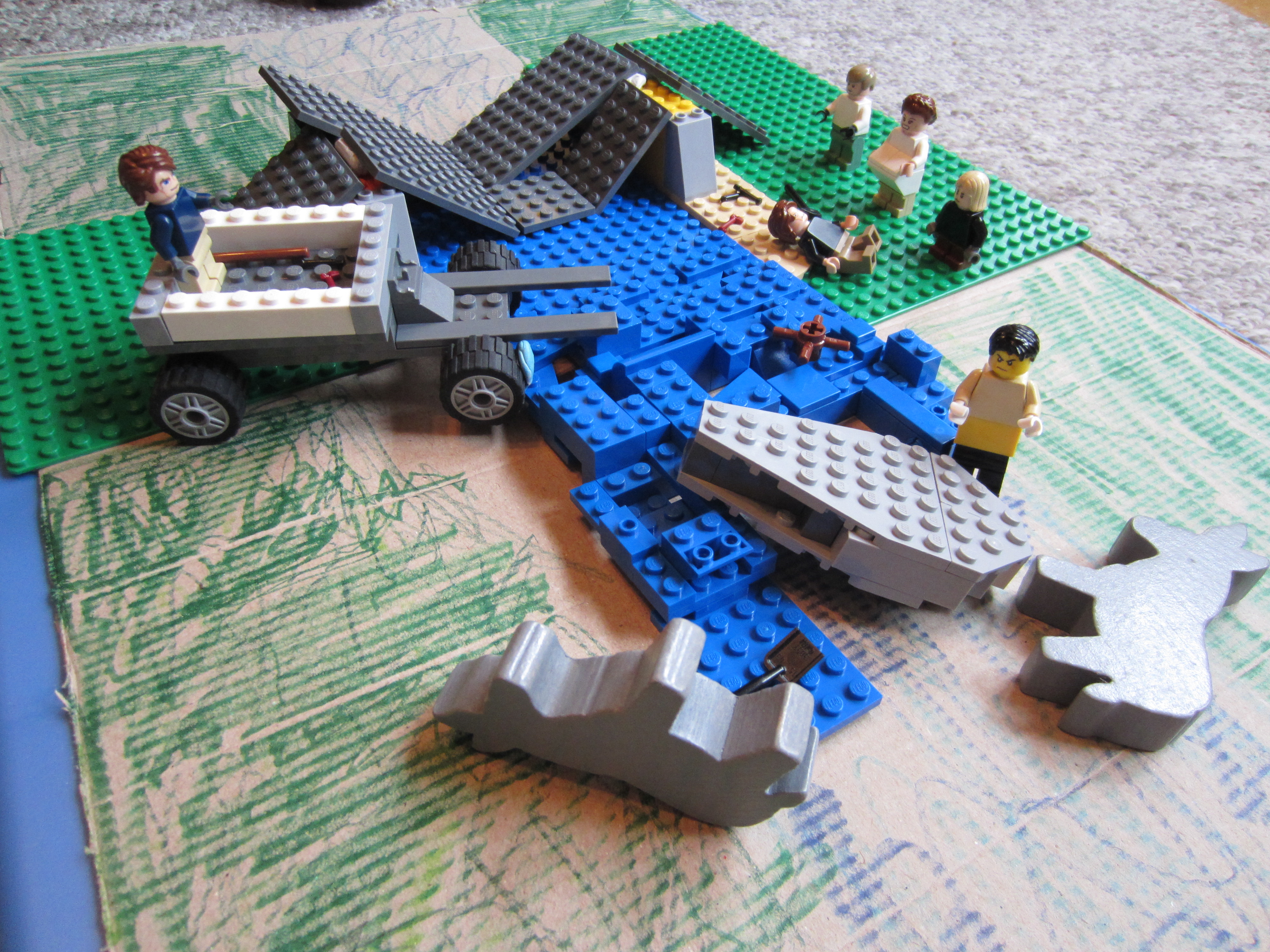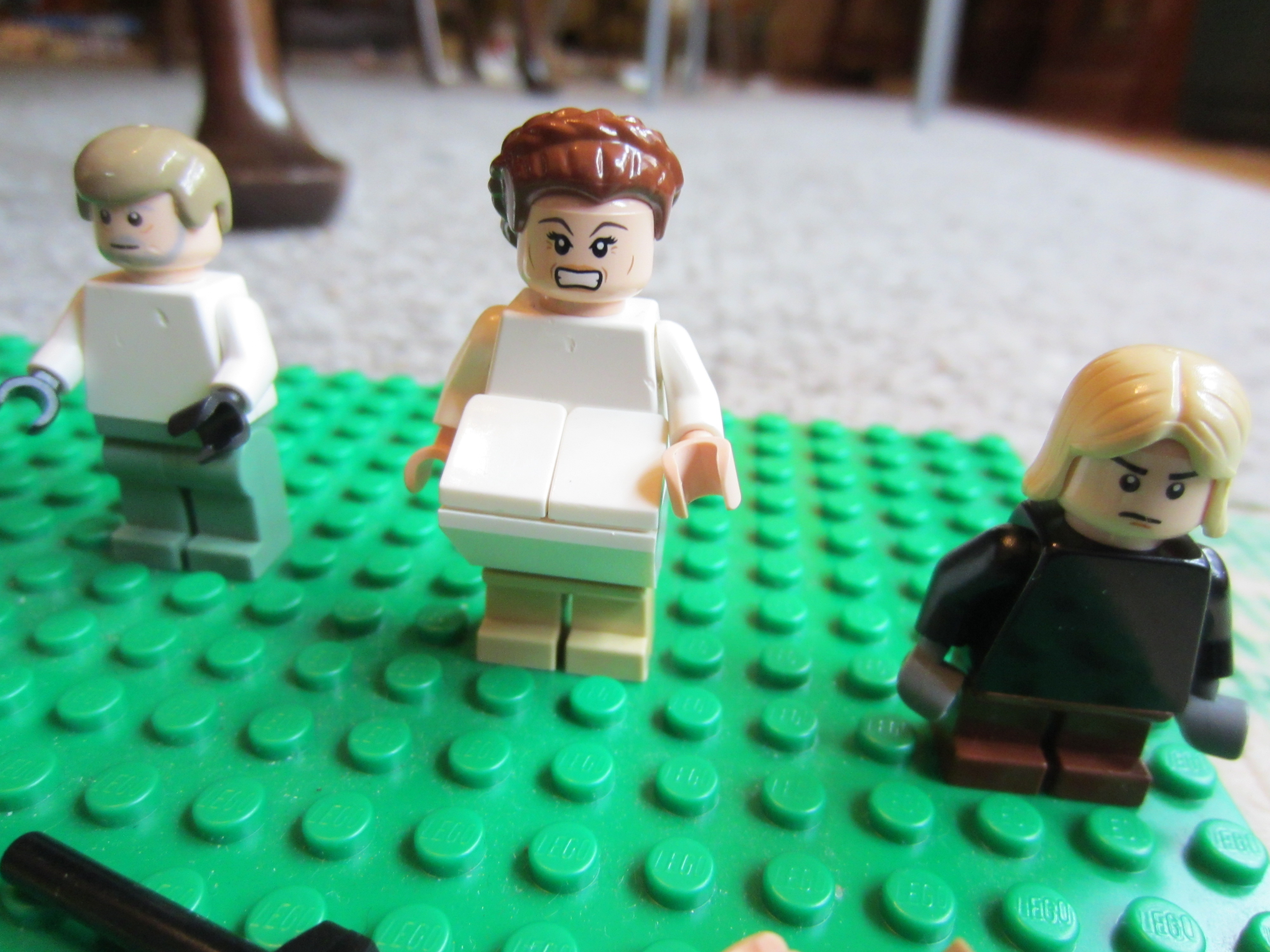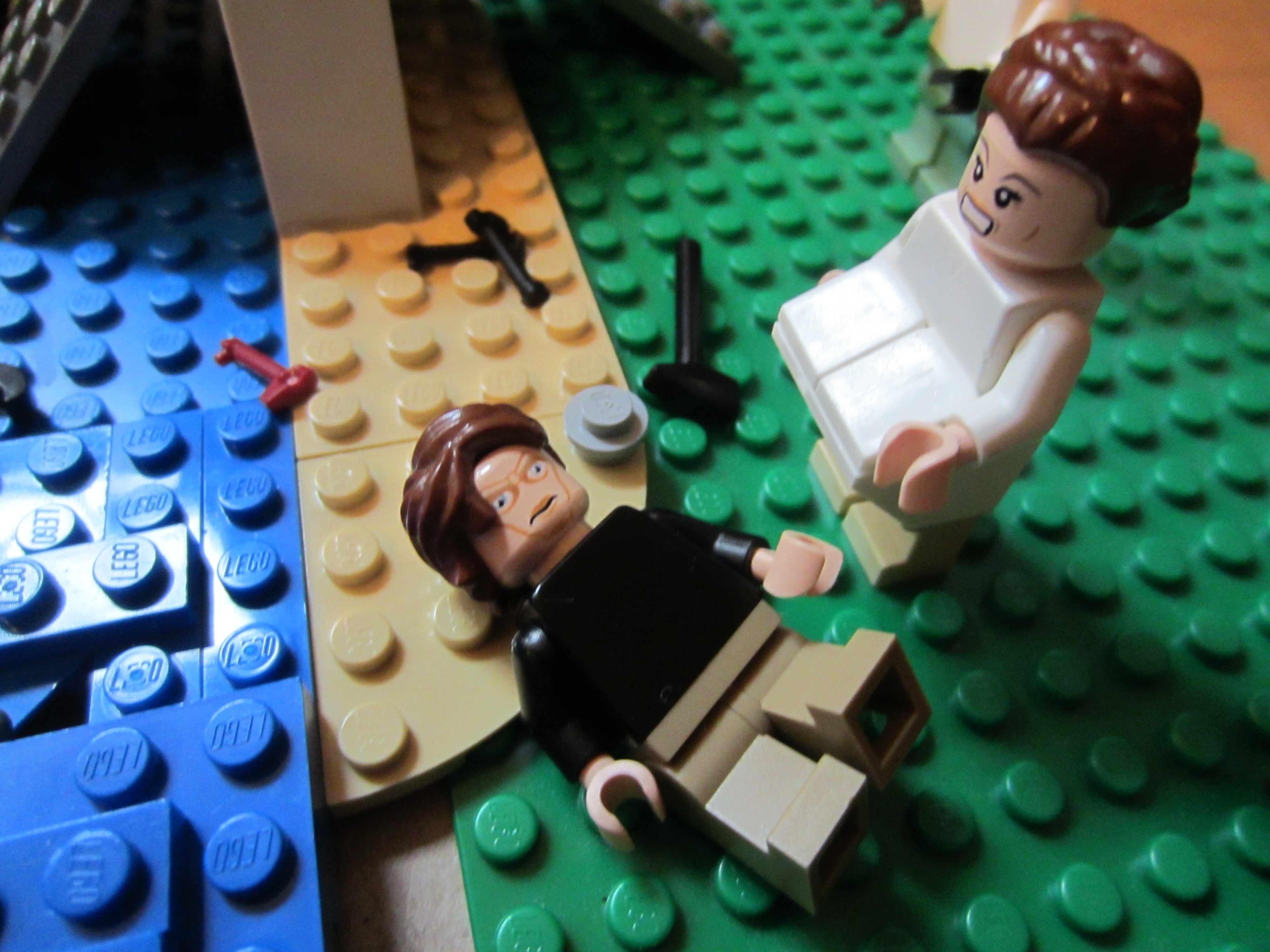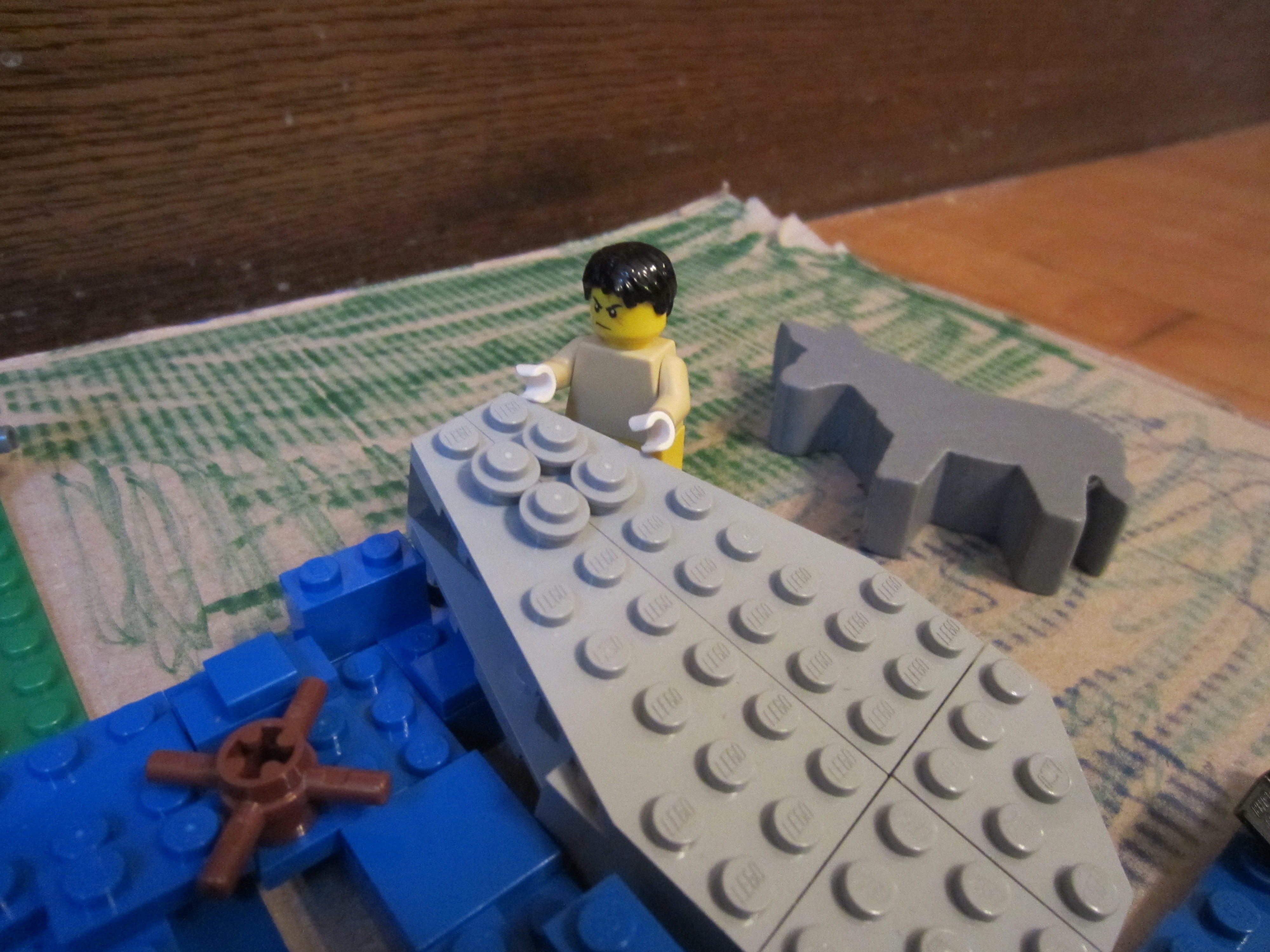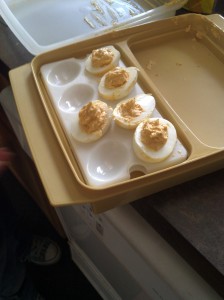As I Lay Dying was a recommendation from SFP of Pages Turned. I wrote to ask which she’d recommend for a book group*. She said As I Lay Dying, as it was more accessible than others of his works, due in part to its dark humor.
I began to read it, and floundered immediately. If this is his most accessible, I thought, I’m really glad we didn’t read The Sound and the Fury. Who were these people? How did they relate to one another? Why so many names? Welcome to a stream-of-consciousness multi-narrator novel with fifteen–FIFTEEN!–points of view. Also, I wondered, funny? This isn’t funny, I thought, this is HORRIBLE!
In my initial flailing, with all good intention, I looked for help online to out the characters. It did help, yet it was a mistake, one I warned others not to make. As soon as I looked up the book, about half a dozen things got spoiled, including the jaw-dropping last line. Stupid internet. I wish I had stuck with my original impulse, which was to keeping reading till things made sense, and assume a second reading.
As I read, then re-read the book, I was able to figure out who was who, how they were related, and what was going on. More importantly, I was able to see past the horrific particulars of the story to the humor that lay not far below the surface.
Two of my book groups read it. In the first, only one other person besides me had finished the book, and I hadn’t yet studied up on the book or re-read it. The discussion was necessarily short, and focused on how challenging and slow the book was to read. (A comment I don’t disagree with.) I liked this book, but hadn’t yet succumbed to its charms.
Then I spent a couple hours reading about the book on Schmoop, did some more online reading about Faulkner**, and then re-read the book. And was so stirred by one particular scene involving a bridge (SPOILERS: don’t click through if you haven’t read the book) that I kept imagining a diorama. Once I realized I possessed one of the key ingredients of my imaginary diorama, I had to make it. With the help of 6-year-old Guppy, I did. He helped me find particular Lego body parts, like shorter legs, matching hair, and grumpy faces, then colored in the cardboard base because we didn’t have enough blue, green and brown Legos to make it as big as I’d envisioned.
Armed with my diorama, a bottle of wine, leftover Easter candy and my newly bolstered background on the book, I went to my second book group, and we had a rousing discussion. We talked about life, death, family, pity, religion, spirituality, ESP, feminism, and much more.
It took a while, but I am now a huge fan of the work, and look forward to reading more Faulkner. No fear!
(If I had to do this again, though, I would probably start with the short stories, and THEN move to As I Lay Dying.)
*For one of my book groups, Faulkner became an obvious choice of an author we had to read, since so many of the authors we read already named him as an influence: Marilynne Robinson, Cormac McCarthy, Margaret Atwood, and Louise Erdrich, to name a few. And I loved the serendipity that I finally got around to reading Faulkner at the same time as I finally go around to reading Winesburg, Ohio by Sherwood Anderson, an early influence on Faulkner.
**In my admittedly cursory research, I did not find any evidence that As I Lay Dying influenced Steinbeck’s Grapes of Wrath, but I found the “white-trash road trip” theme too strikingly similar.
